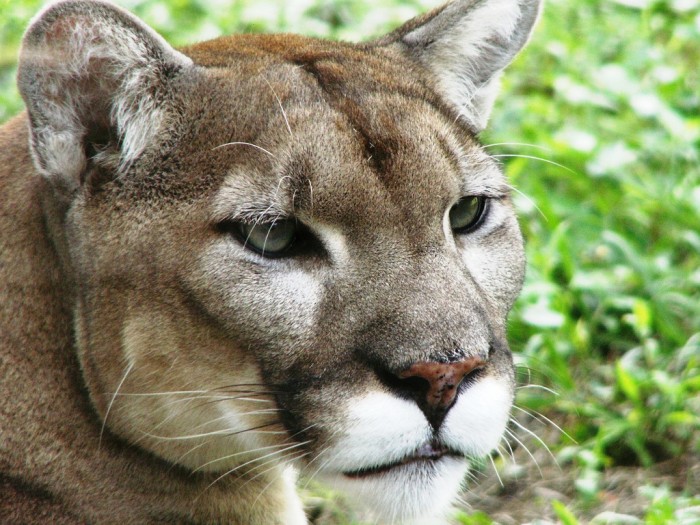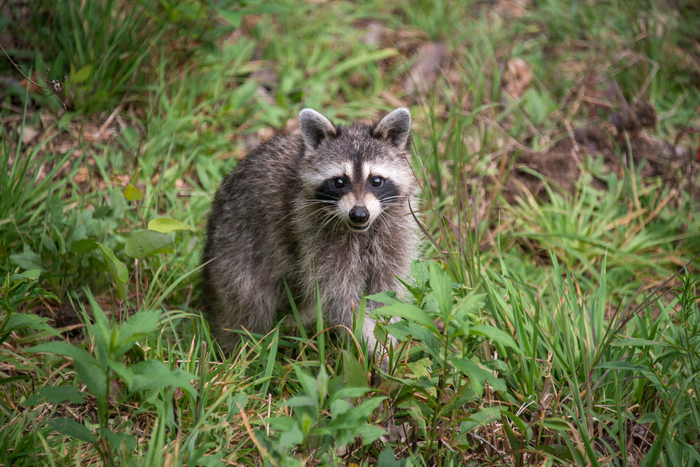The latest Environment and Society featured article is now available! This month’s article—”Flagships or Battleships: Deconstructing the Relationship between Social Conflict and Conservation Flagship Species”—comes from Volume 4 (2013). In their article, Leo R. Douglas and Diogo Veríssimo examine the multiple roles of flagships in conflicts including their part in human-wildlife conflicts and as symbols of broader sociopolitical disputes and show that the relationship between the co-occurrence of conflict and flagship species, while complex, illuminates important patterns and lessons that require further attention
Visit the featured article page to download your copy of the article today before it’s gone! A new article is featured every month.


